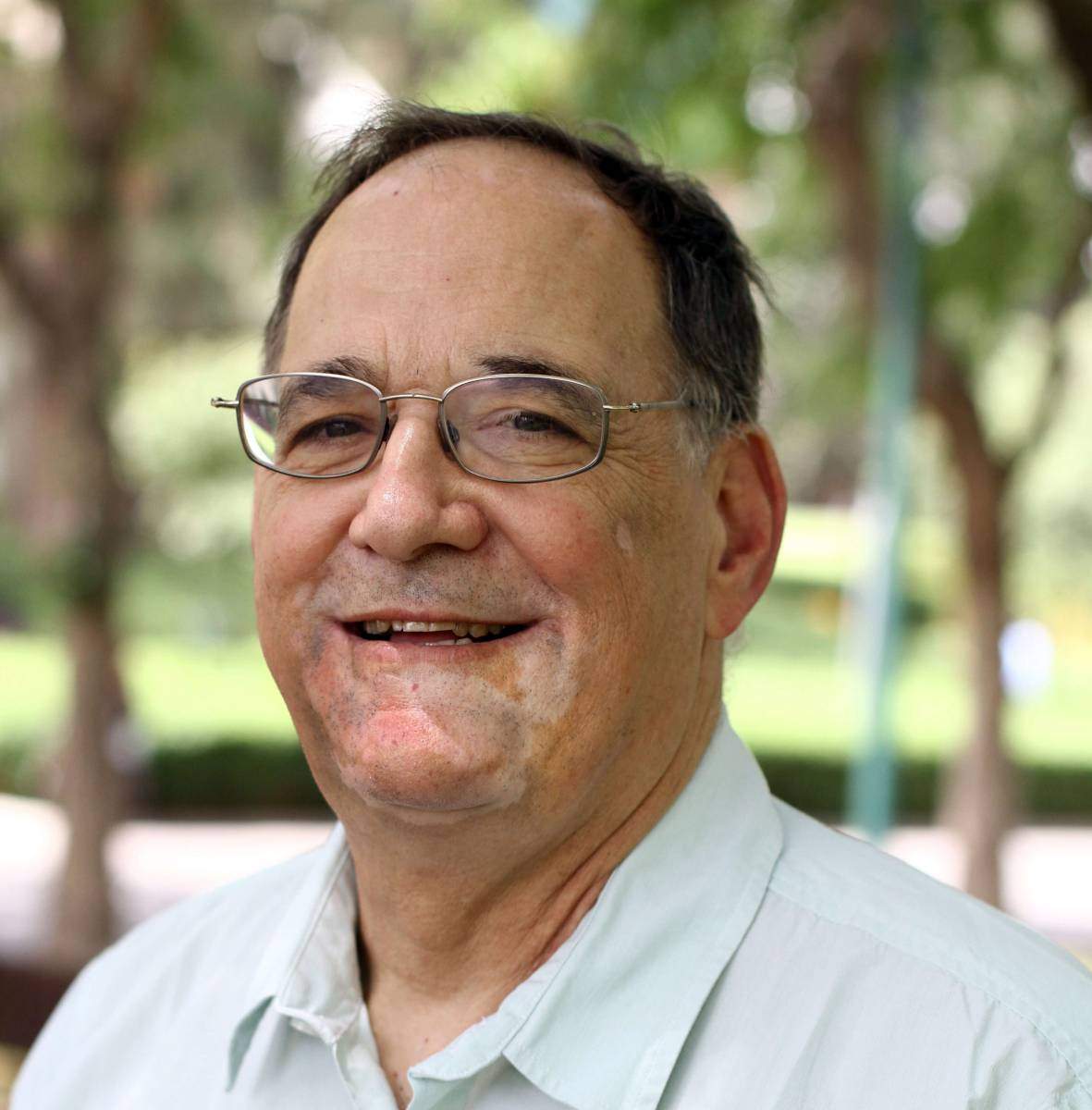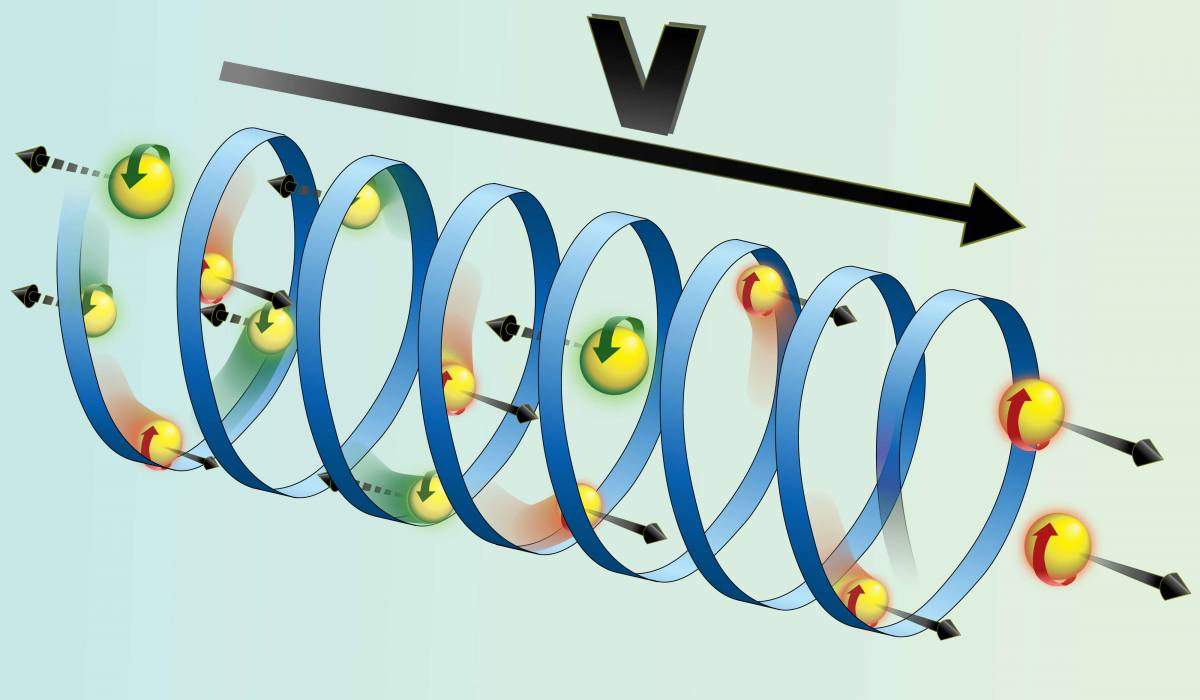Are you a journalist? Please sign up here for our press releases
Subscribe to our monthly newsletter:
Filters – from the electronic to those on cigarettes or water taps – are meant to let some things through and block the passage of others. Prof. Ron Naaman and his group in the Weizmann Institute’s Chemical Physics Department have now demonstrated that one can filter electrons, letting one type pass and blocking the other. Applications for such filters could lower the cost of producing hydrogen or increase the amount of information that can be stored on a hard drive.

The electrons in Naaman’s study are sorted by spin, which in electrons comes in one of two directions. But the story starts not with opposing electrons, but with opposing molecules. So-called chiral molecules are identical in makeup, but their arrangements – like left and right hands – are mirror images of each other. (“Chiral” comes from the Greek for hand.) Most biological molecules, including the amino acids that make up all the proteins in our bodies, are chiral. And many biological molecules also transfer electrons – for example, in oxidation or photosynthesis.
In previous research, Naaman and his group had shown that DNA molecules and peptides (short amino acid chains) are quite efficiently able to pass along electrons with one particular spin, but are less apt to grant passage to those with the opposite spin. In the present study, the scientists passed electric current containing electrons with both spins through chiral biological molecules. Each of these molecules had a preference – it mostly passed electrons with one particular spin. And the group came up with the idea of creating spin filters to create a current that was mainly one direction of spin or the other. By choosing the molecule they used as a filter, the researchers could select which spin would pass and which would be blocked.

The scientists called this Chiral Induced Spin Selectivity, or CISS. Dr. Karen Michaeli of the Physics of Condensed Matter Department worked with Naaman and his group to develop a theoretical framework for the phenomenon. “Usually, spin filters can be obtained only in ferromagnetic materials (in which electrons can be aligned by a magnetic field),” says Naaman. “This is the first example of a non-ferromagnetic, chiral biological molecule being used as a spin filter.”
CISS could be used in the future for applications in a wide variety of fields – from splitting water for hydrogen production, to developing new kinds of magnetic memory. Such memory would be based on spintronics, the use of the electrons’ spin, rather than charge. “Spintronic memory exists today, but devices based on chiral molecules will be easier to manufacture, and they will use less energy,” says Naaman. Research into possible applications is currently being conducted in collaboration with the lab of Prof. Yossi Paltiel of the Hebrew University of Jerusalem.
Prof. Ron Naaman's research is supported by the Benoziyo Endowment Fund for the Advancement of Science; the European Research Council; and the Estate of Olga Klein Astrachan. Prof. Naaman is the incumbent of the Aryeh and Mintzi Katzman Professorial Chair.